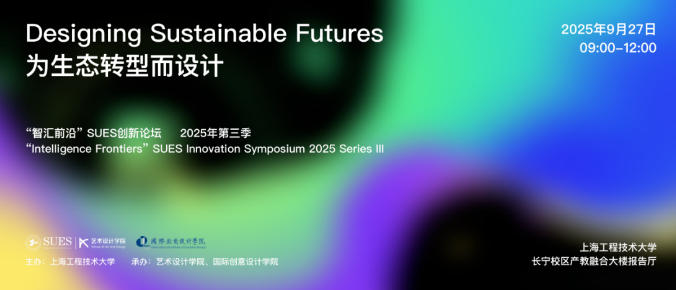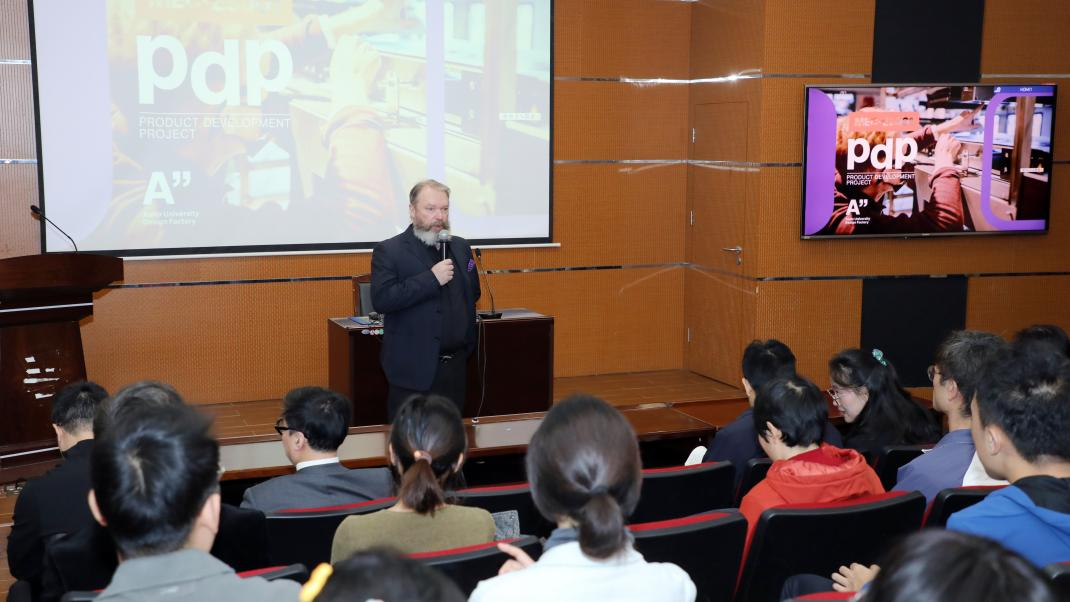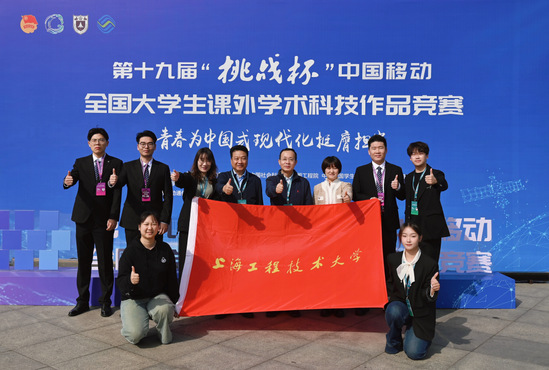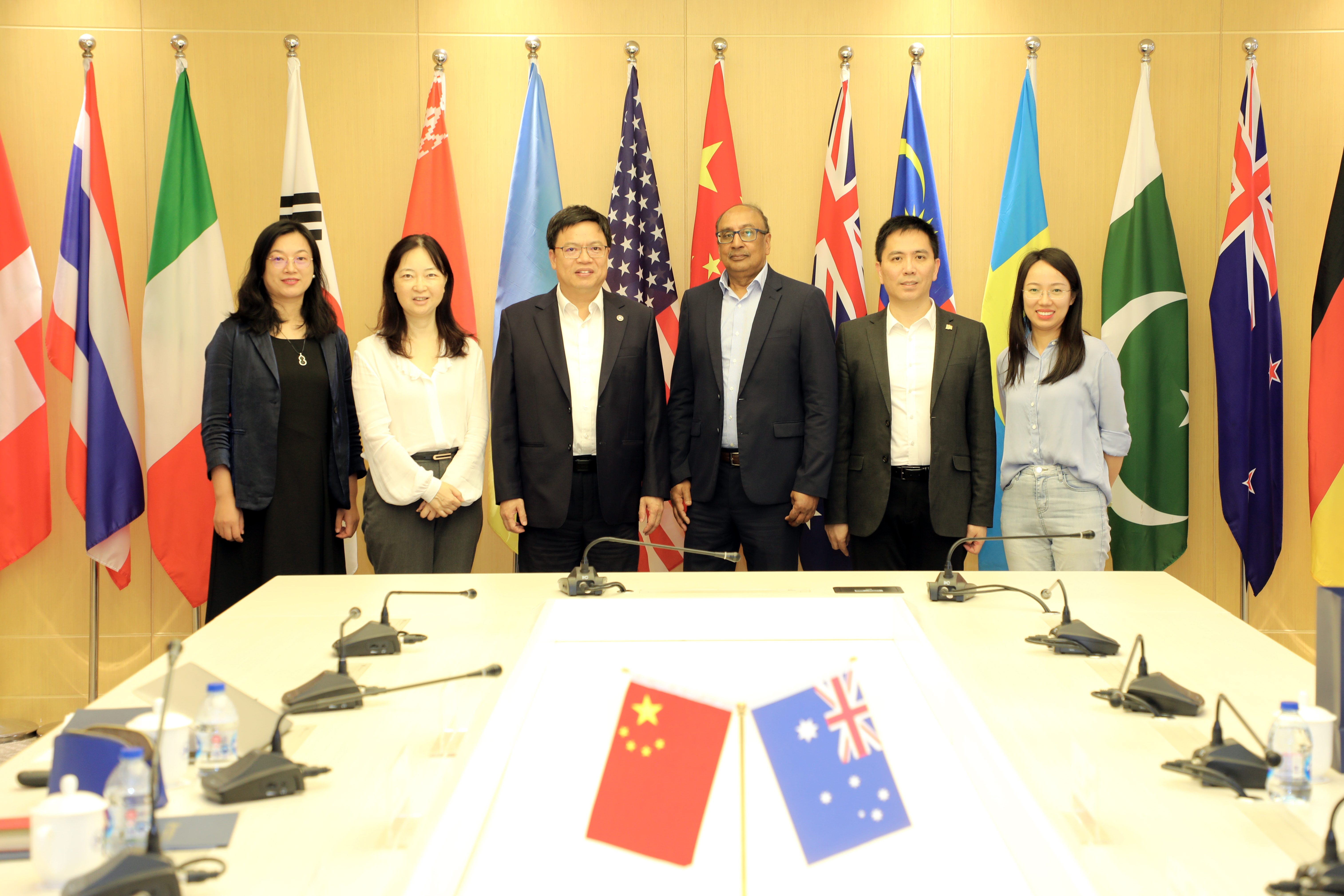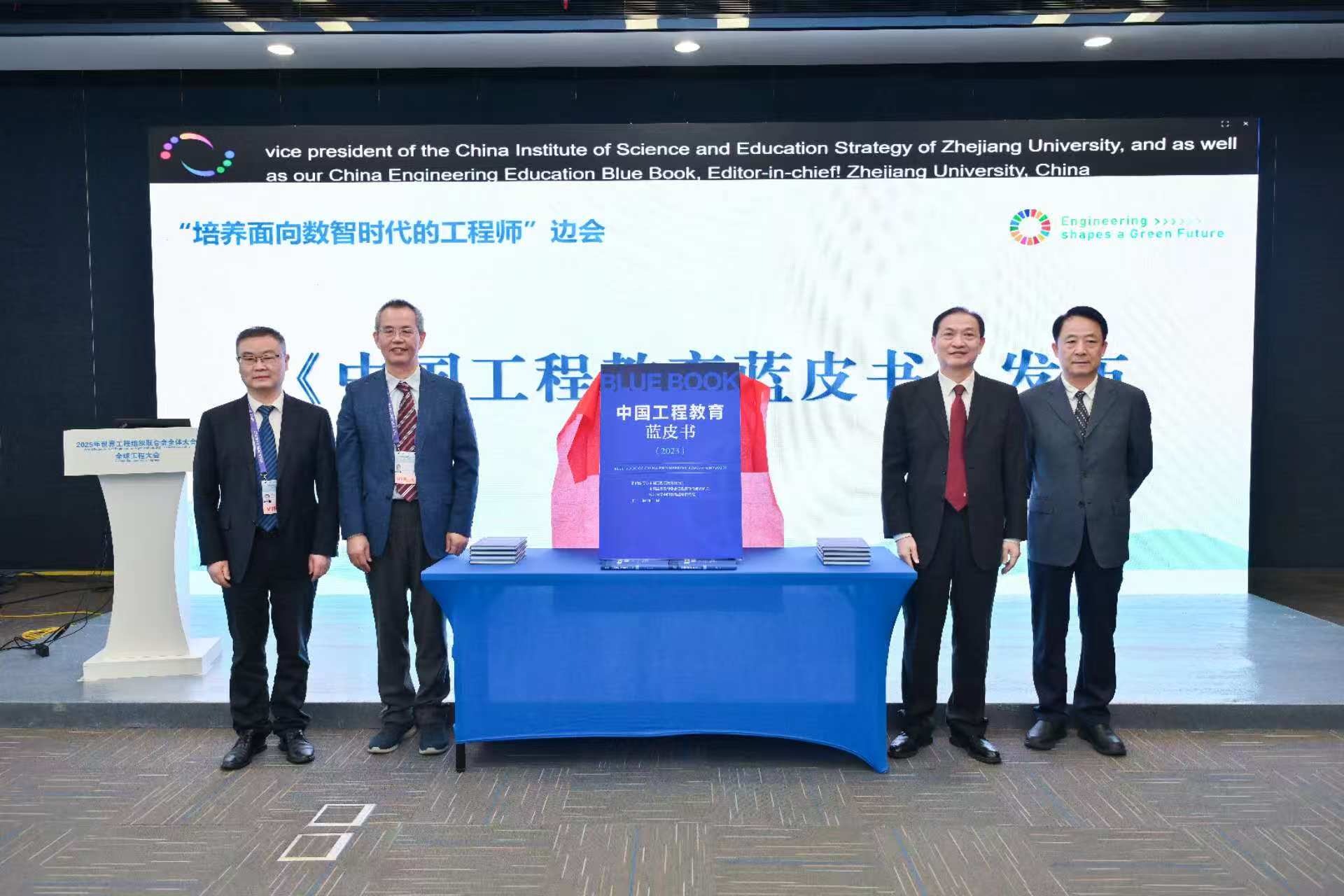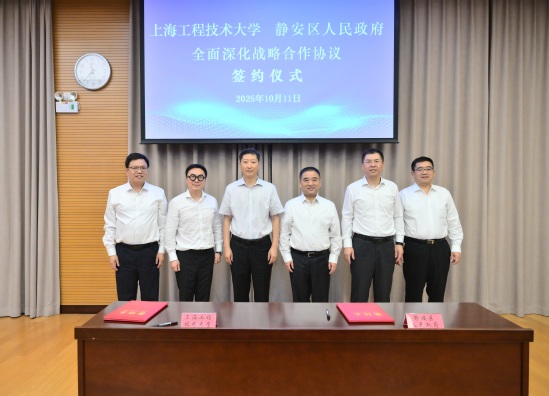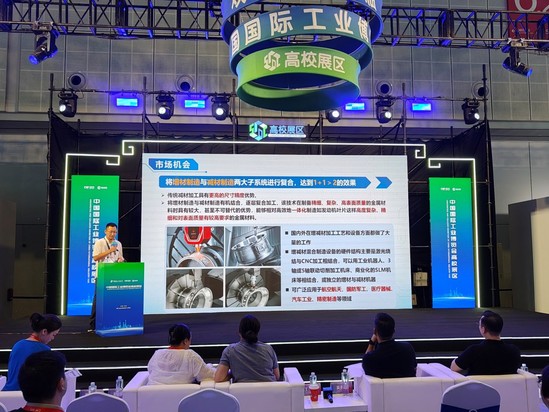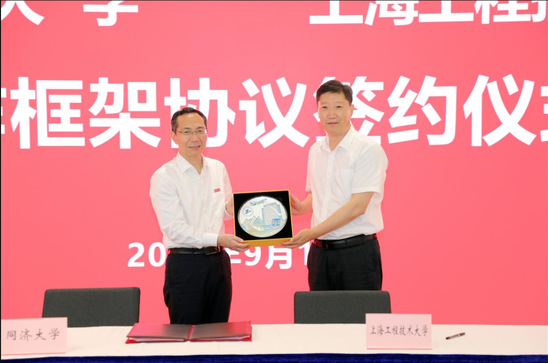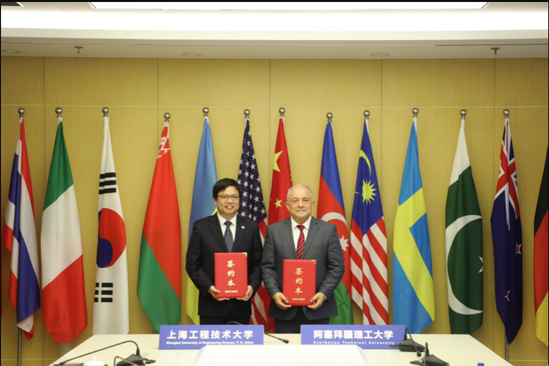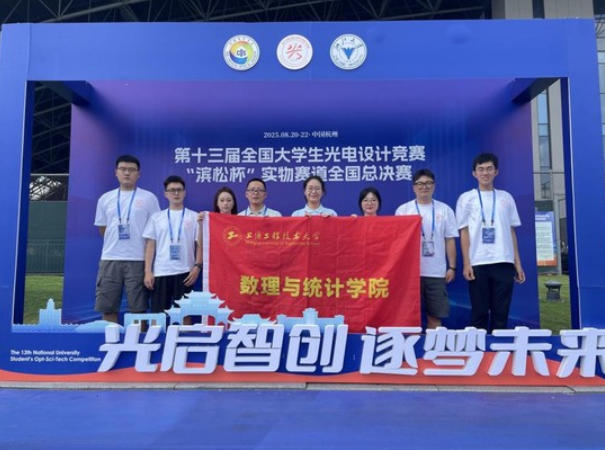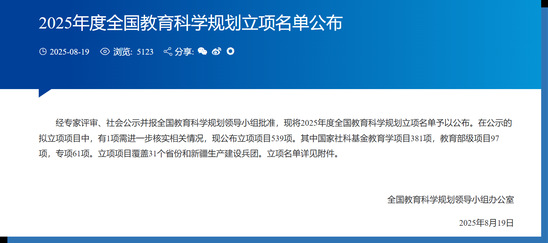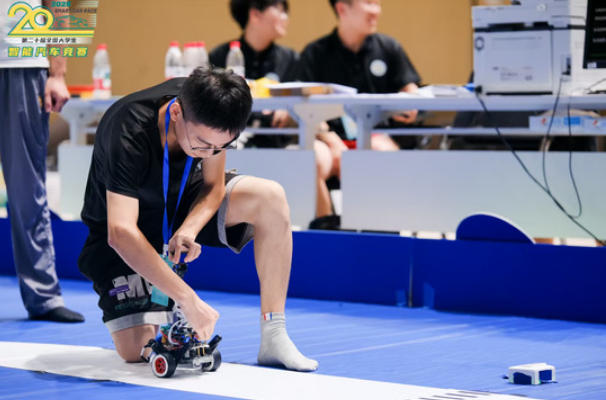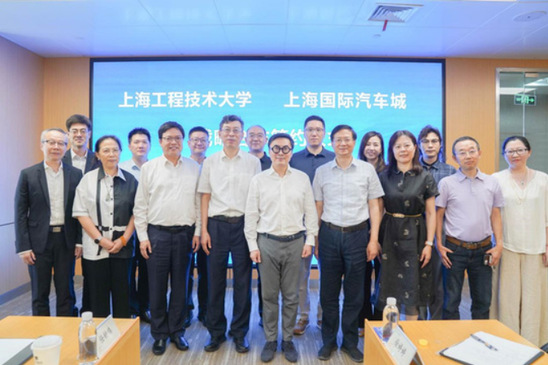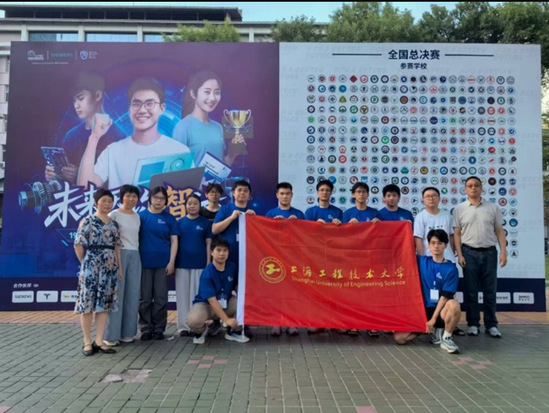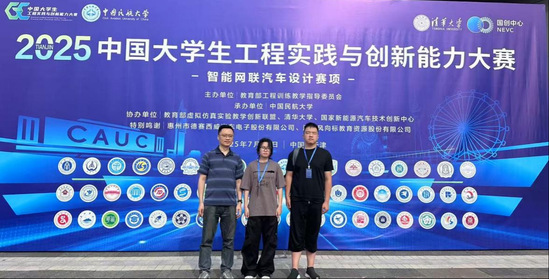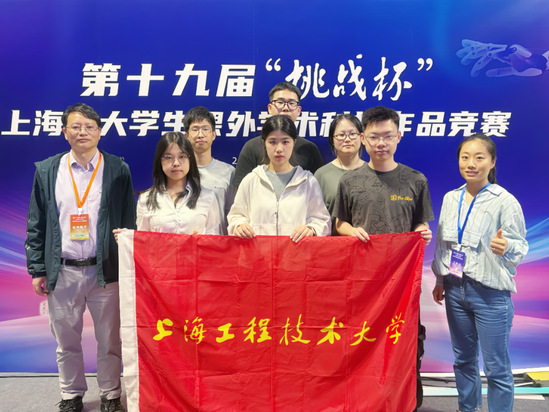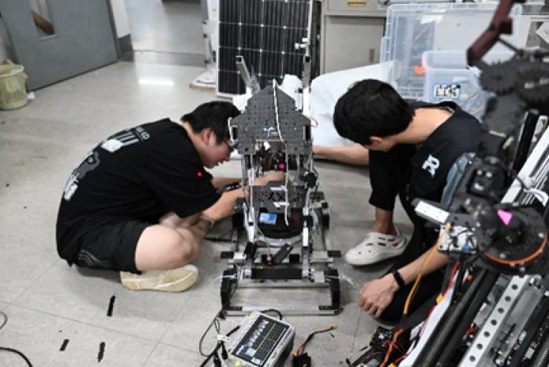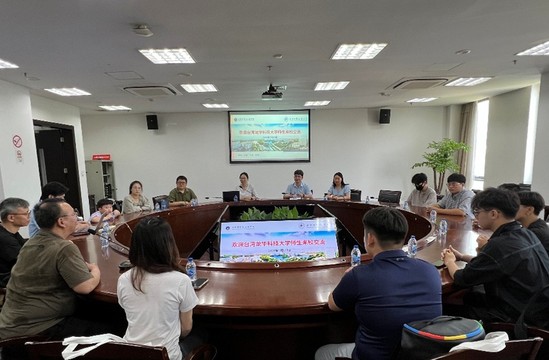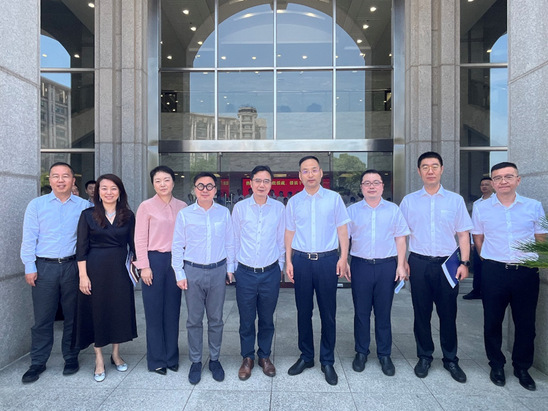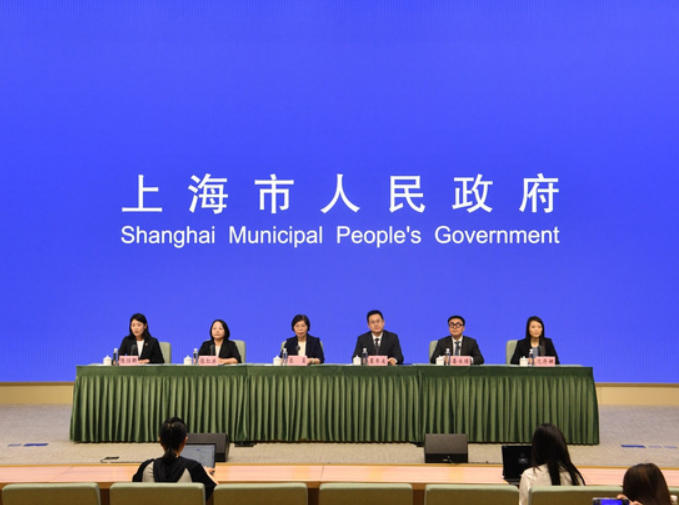
The 2025 World Design Capital Conference (WDCC2025), co-hosted by Shanghai Municipal People's Government and UNESCO, opens today. Professor Lou Yongqi, SUES President, serves as the Creative Director and Chief Curator of the main exhibition for the conference, taking full charge of the academic concepts and creative presentations.

The year 2025 marks the 15th anniversary of Shanghai being designated as a City of Design and the fourth consecutive year that the city has hosted the World Design Capital Conference. Under the theme of Design Without Boundaries, Endless Vitality, this year's conference continues to fulfill its mission and vision of building a global platform for design innovation and collaboration, exploring paths for design-driven new-quality development, and promoting the integration of design into every aspect of urban life and living. The main venue is located at No. 689 Jumen Road, Huangpu District, with concurrent events held across various districts in the city and in multiple overseas locations.
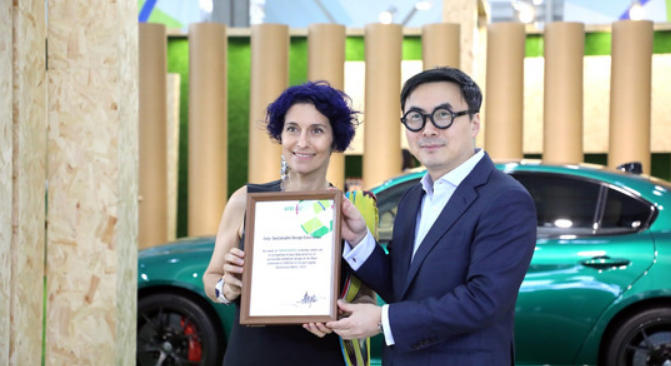
Professor Lou Yongqi stated that design has evolved into a new productive force and an innovation engine. He emphasized the need for humanity to transcend the human-centered design paradigm and move towards collaborative design between humans and nature within the life network, also known as ecological design. He also delved into the profound implications of the conference theme, Design Without Boundaries, Endless Vitality, explaining that endless vitality represents not only a new ethics but also a new vision, path, relationship, and driving force. He argued that the environmental crises brought about by rapid industrialization must be addressed through the construction of a new industrial civilization. As a global hub for science and technology innovation, Shanghai should take the lead in becoming a global epicenter for ecological design and the Earth-repairing economy, providing a continuous stream of creative, innovative, and inventive energy for the transformation, upgrading, and high-quality development of cities, industries, environments, and societies.
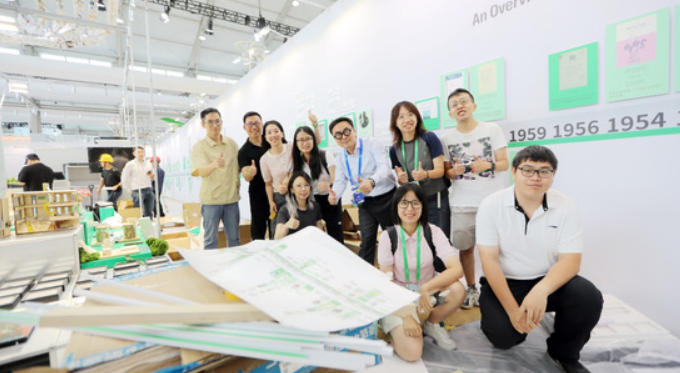
Numerous faculty members and students from School of Art and Design, International Institute of Creative Design, School of Textiles and Fashion, and School of Higher Vocational Education have been deeply involved in the creative design work for the conference, including planning and design, a series of forums, and the Design Carnival. They have comprehensively showcased SUES' academic thoughts and philosophies in the field of design, covering both the connotation and extension of the conference. Professor Feng Lu serves as the chief planner for the conference. In his overall site planning, beyond addressing, balancing, and coordinating conventional functional requirements, he also considered establishing the public nature of the space. Therefore, an elliptical circular corridor was designed between the exhibition halls and the conference venue to serve as an outdoor creative market. As one of the prototypes of urban public spaces, the corridor not only establishes a spatial scale closely related to people in an open area but also provides a venue for gathering, communication, and sharing.
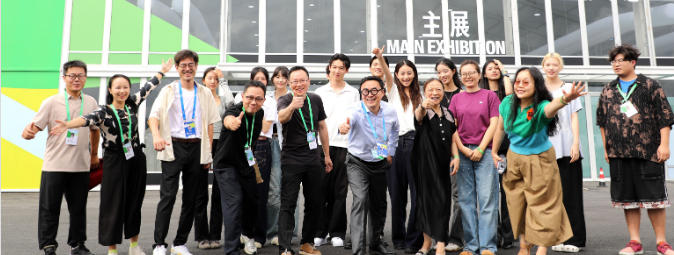
As an important window for the University to showcase its disciplinary development, numerous faculty members and students have showcased their talents through the conference. Associate Professor Yao Hui serves as the on-site chief executive of the main exhibition curatorial team, responsible for the spatial design of the main exhibition and the coordination of exhibition area designs. After conducting an in-depth analysis of the venue's asymmetrical structure, the team proposed a spatial exhibition strategy of ecological dual tracks + plaza. Through repeated site surveys, the design team precisely set the radii of the circular exhibition areas on both sides and connected the three major sections—Production (Orange), Ecology (Pink), and Life (Purple)—with a runway-style circulation path, creating a clear and smooth visiting logic.
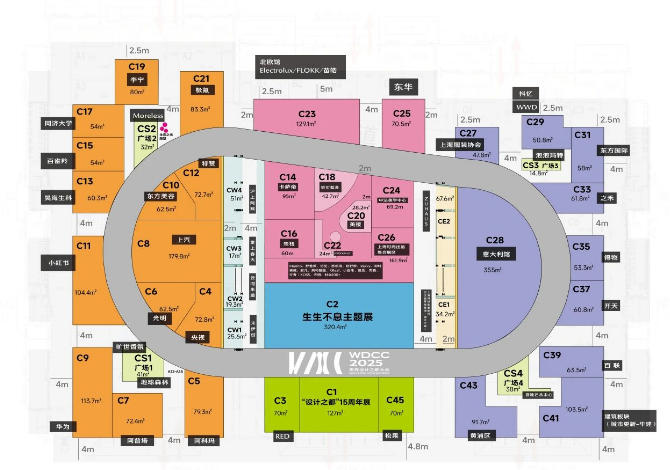
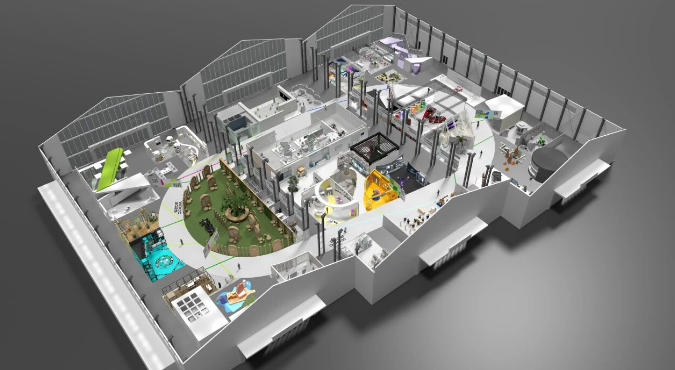
Dr. Zhu Mingjie and others participated in the thematic exhibitions and provided sustainable design guidance for the conference. An eco-friendly runway made from recycled shoe rubber particles was constructed in the Industry Pavilion. The runway, paved with 1m×20m recycled rubber sheets, connects the entire exhibition hall's visiting path. Its modular design allows for rapid installation. This project effectively reduces the environmental burden of discarded rubber and cuts approximately 5.385 tons of carbon emissions. Sponsored jointly by the Shanghai Branch of China Construction Bank and SUES Education Development Foundation, the eco-runway will be dismantled and repurposed on SUES campus after the exhibition, transforming into footpaths, cushions, or artistic installations, and serving as a practical example of sustainable design.
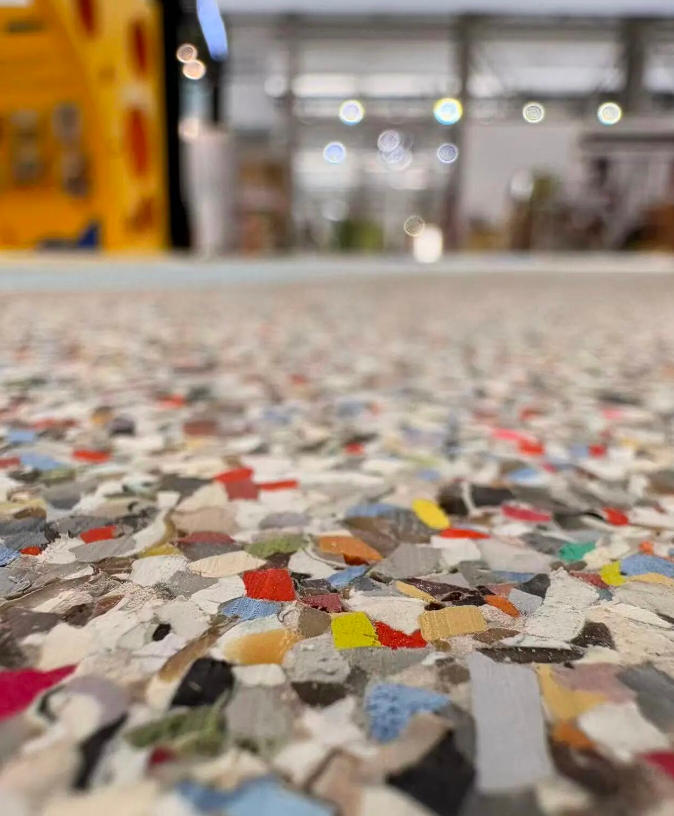
Professor Gu Yi and Associate Professor Wang Zhi, along with graduate and undergraduate students from the NexusHorizon Studio, participated in the creation of the warm-up video for WDCC2025. The video extensively employs various emerging AIGC technologies, generating video content and some musical elements based on the image materials and on-site photos from the 2024 WDCC conference. It dynamically summarizes the core achievements of 2024 and further looks ahead to the theme of the 2025 conference. The work highlights the overall connection among ecology, production, and life, emphasizing the ecological design concept of harmony between humans and nature, and creating a favorable thematic atmosphere for the conference's opening.
Associate Professor Li Yunpeng and Dr. Zhu Mingjie assisted in the exhibition design of the Italian Pavilion. This pavilion presents a successful path to sustainable development in a uniquely Italian way, showcasing products and strategic cases that comprehensively demonstrate how Italy integrates design, industry, and social responsibility. The exhibition features selections from over 30 outstanding representative brands in Italy, including Alfa Romeo, Aquafil, Bracco, Carel, De'Longhi, Ducati, Ferrero, and FMMG.
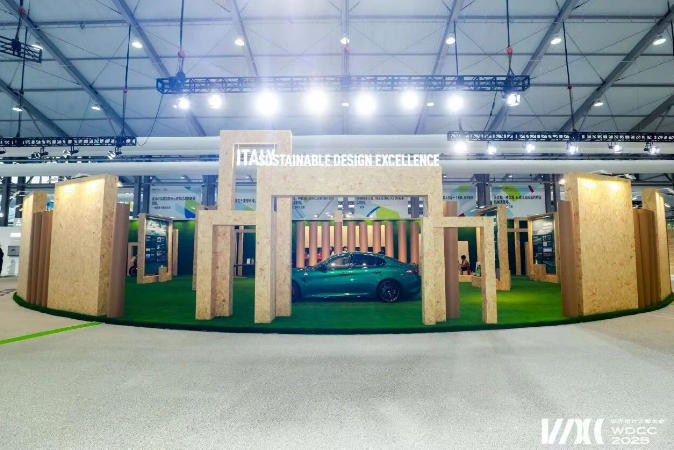
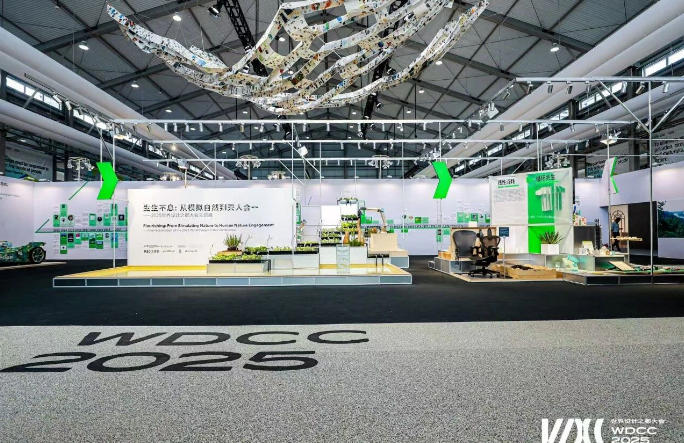
Dr. Ren Zhongming, Mr. Sun Wei, and their students collaborated on the design of the installation Rebirth for the main venue. This work gives a second life to industrial products pending scrapping and abandoned on campus through a disassembled display approach. The piece aims to inspire people to rethink ecology, production, life, and design. Rapid industrialization has accelerated product updates and iterations, exacerbating the ecological pressure caused by waste, and potentially trapping people in a consumerist trap, making them difficult to satisfy. Has the philosophy of it can still be used after some repairs been abandoned? Must corporate economic sustainability rely on planned obsolescence? Ecological design may offer the best solution, leading industries towards disassembly, recycling, and re-manufacturing, and encouraging consumers to adopt more sustainable lifestyles, ultimately forming a virtuous ecological cycle. Design is like a spring breeze, blowing life back again.
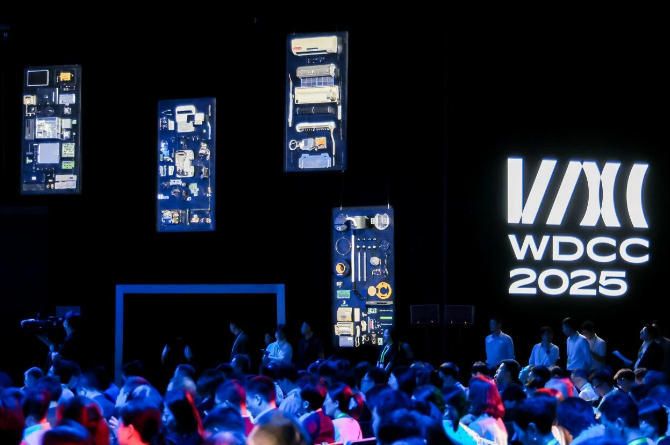
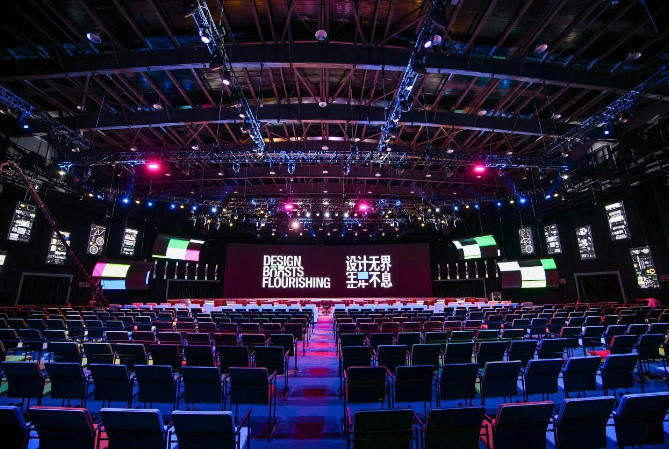
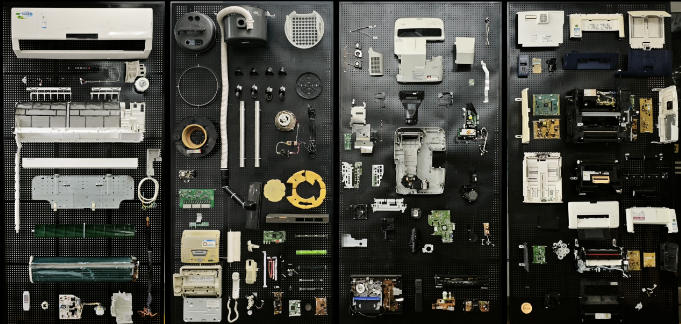
Associate Professor Chen Junkai was responsible for the lighting interactive installation at the main venue. During the research and production of the dynamic installation project, challenges arose in the cross-border integration of engineering and design, as well as in meeting the real-time triggering and interaction requirements for the opening ceremony performance. These challenges included controlling and triggering sound software, orchestrating LED screen arrays, assembling and testing mechanical components, and designing and programming the electronic control system. The overall creative highlight lies in transforming engineering technology into a poetic brush, applying changes in geometric shapes (points, lines, and planes) to lighting language, and transforming algorithms into dances that weave through space in sync with audio and visuals. Under the sway of robots, they complement each other beautifully.
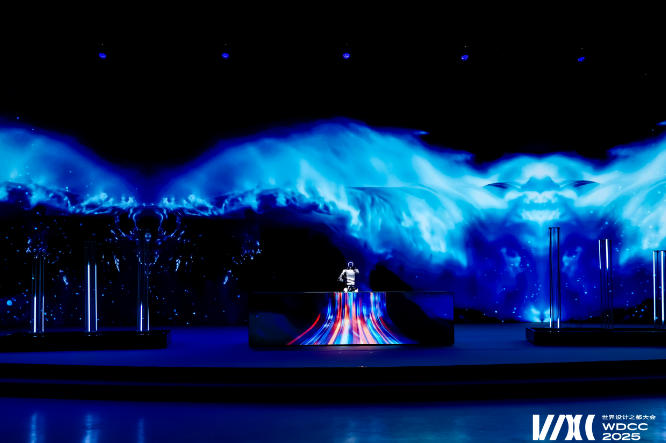
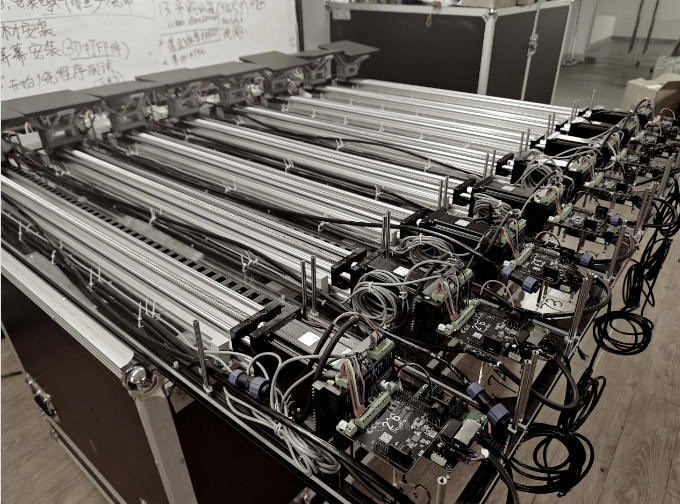
Teachers Du Liying, Zhou Xiaoming, Yao Jiahui, and others led a team of 10 students to participate in the venue tour SHOW. Through a two-stage planning approach of theme deconstruction—bodily narration, the team broke away from the traditional fashion show's static display model. Leveraging the performance major's scenario construction capabilities, they made cross-border design the clue for performance narration. Additionally, they broke through traditional catwalk training by incorporating dramatic physical training, avoiding a single catwalk show mode, and thus achieving bidirectional empowerment between discipline teaching and design philosophies.
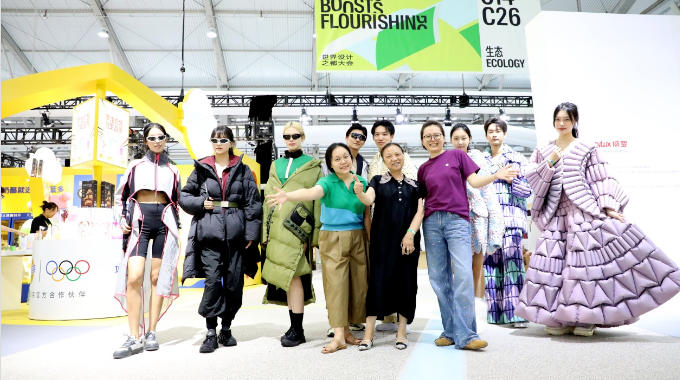
Zang Wei, Chairman of Yingmu Industrial Group and an alumnus of the Class of 2015 of SUES, has deeply collaborated with the World Design Capital Conference's creative market through his Yingmu Industrial Group. They exclusively present the Yingmu Music Carnival at the WDCC creative market, creating an immersive musical experience for the conference that allows audiences to feel the infinite charm of the symbiosis and integration of music and design in a scene interwoven with intelligent technology and natural ecology.
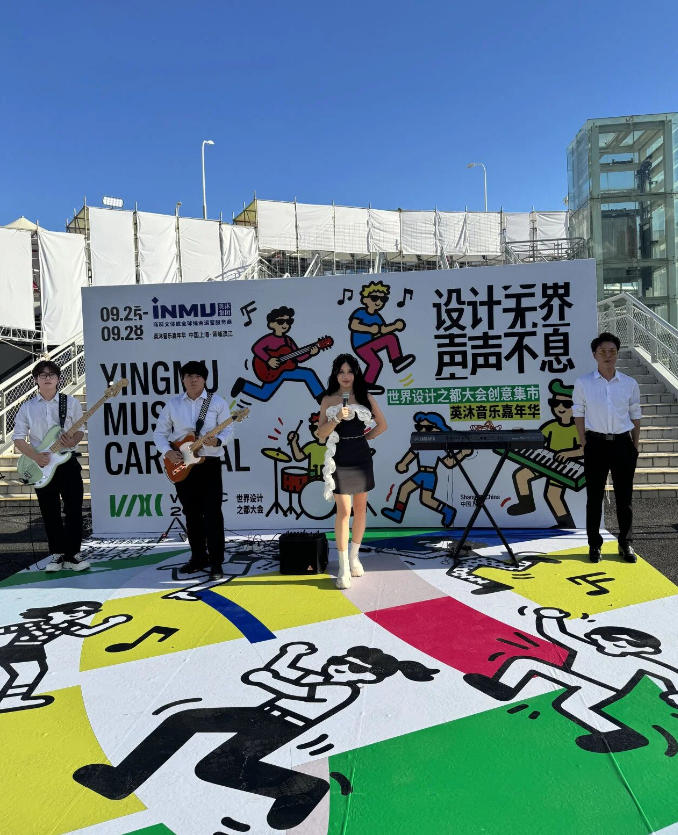
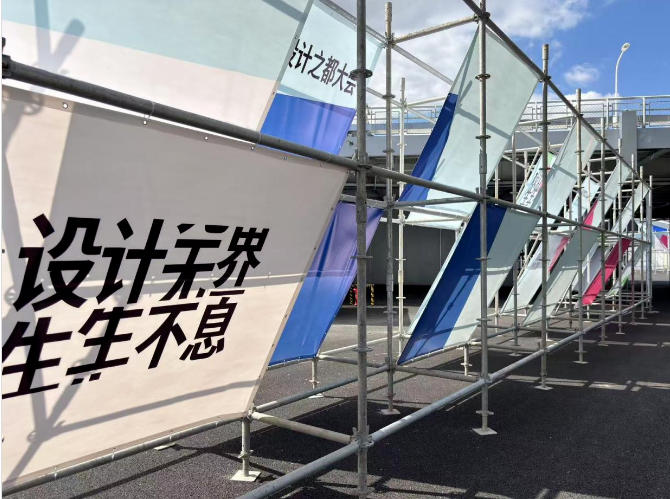
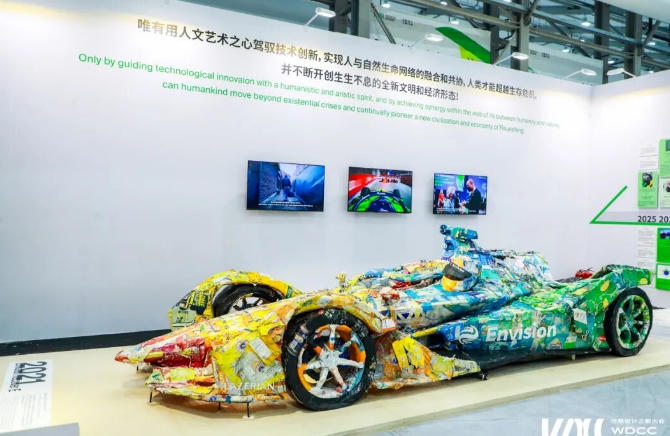
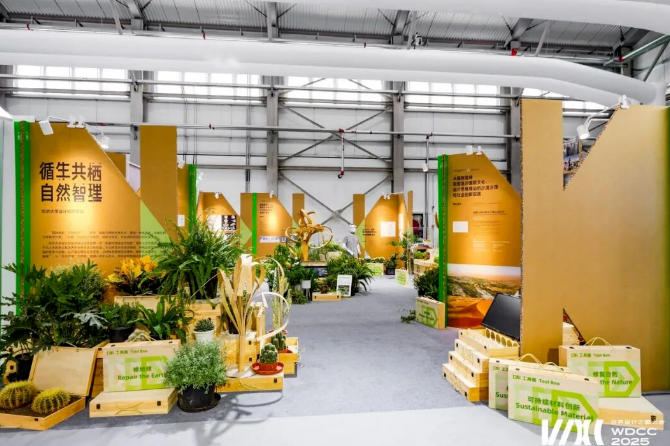
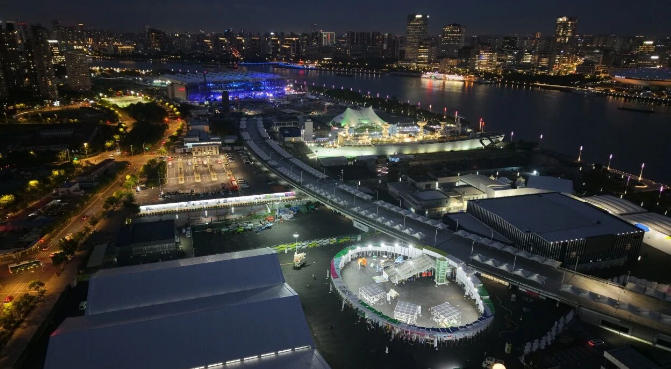
It is reported that this year's conference will be presented through a 12255+X content framework, including one opening ceremony, two major exhibition layouts (main venue and overseas), two thematic forums (International Design 100 Forum and Global Creative Cities Design Forum), five thematic forums on major design fields, five industrial ecosystem special events, and X concurrent events across the city and overseas. The conference aims to gather influential guests, leading brands, and emerging design forces to establish itself as a bellwether for ecological design, a new paradigm for fashionable living, and a source of industrial innovation, collaborating with global creative cities for mutual development.
